The word typography comes from the composition of two Greek words τύπος (types) stroke or footprint and γράφω (graph) write. It is the art and technique of handling and selecting types to create print jobs.
Stanley Morison, known for his great knowledge in the field of typography, and a relevant person in that world defined it as follows.
Art of correctly arranging the printing material, according to a specific purpose. Place the letters, distribute the space and organize the types in order to give the reader the maximum help in understanding the verbally written text.
Well, with this definition we can already draw the conclusion that a text is not simply a text. The typography in which the letters are set in a design has a great importance on the visual impact of a message.
For today’s designers, typography refers to how the letters that appear on a page, website, brand are formatted … As we know it today, it became a reality thanks to the invention of the printing press, although the truth is that its origins are older. Some of the fonts we use the most are evolutions derived from previous designs. For example, some of the “serif” fonts that we use today have their origin in the ancient Roman capital letters used in monuments and municipal buildings.
To know how to convey to the public the uniqueness and values that our brand represents, the choice of fonts will be decisive. Fonts can express moods, emotions, lifestyles, etc. They can be compressed, expanded, angular, round, refined, simple, modern, elegant, aggressive … Depending on the different design elements they accompany, they will be transmitting very different sensations and messages.
Keys to choosing the best typeface
Choosing one or another typeface will completely change the appearance and final result of our designs. For this reason, we should not make the choice based solely on our personal tastes. These are the main keys that will help you choose the best typeface for your brand.
- Simplicity. How many times have we heard that less is more because here exactly the same thing happens. As far as possible we will opt for classic and timeless fonts, we have to think that we are creating a brand that will be eternal. Therefore, we will not get carried away by passing trends and we will try to make our creation withstand the passing of the years without losing strength. In summary, the font that we choose will be clear and simple.
- Readability. Our brand must be read with the utmost clarity because otherwise it will be very harmful to the company. Taking into account that we will print it on different supports and sizes, we will not be able to choose overly decorated fonts because it would make readability difficult. Another point to highlight is that of the spaces between characters, if we leave too little space between them, it will be more difficult to read. Nor is it about leaving a lot of space between letters, we will only look for the right proportion. These two keys are first in graphic design.
Points that influence the choice of typeface
- The text and space. In very long texts we will choose fonts that do not tire the reader. If we have a small amount of space, we will choose a compressed typeface that reads well but takes up little. We will take advantage of the titles to use more aesthetic and original fonts.
- The audience we are addressing. The typography and design should be according to the tastes of the public we want to reach. It is not the same to design and choose fonts for young people as for elderly people. Luckily we have countless fonts to choose from; classic, traditional, modern, etc. …
- Images: In many cases a typeface can be chosen based on the aesthetics and style of the images it accompanies.
- The text. The chosen font will have to be in accordance with the message we want to convey. In this way, the font may vary depending on whether it is informative, educational, promotional, fun texts …
- The general aspect. Typography is one more element of graphic design. Some typefaces or others are chosen in order to consolidate certain aspects of graphic design or as a dynamic and groundbreaking element.
If we take into account that typography constitutes 90% of a web page, we must be extremely scrupulous when choosing. For many people, typography is a decision that does not require precision, but thanks to it we can express the personality of our brand. Instinctively we look at it because it allows us to read and understand the message, it also makes us investigate the brand and its meaning.
The best way to establish a brand image through typography is to have your own unique typeface whenever possible.

